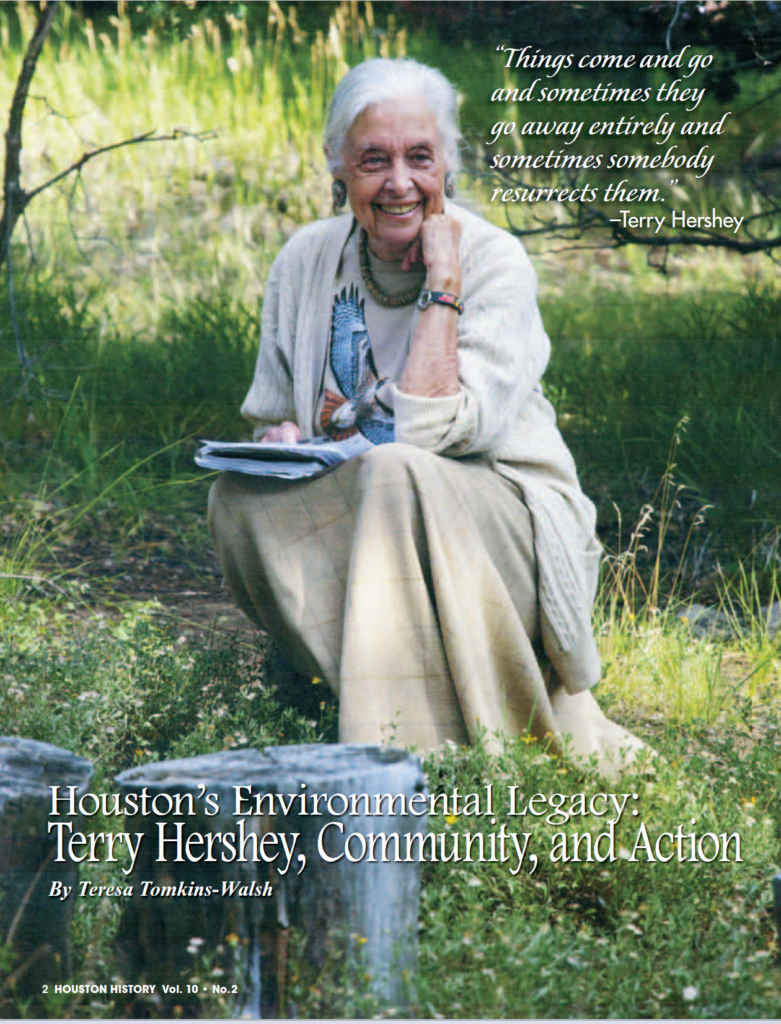By Debbie Z. Harwell

Our goal … is to make our region more aware of its history and more respectful of its past; we hope to contribute to the development of a stronger historical consciousness in Houston.
— Joe Pratt, on establishing the Houston History magazine
In 1999 one door closed on Houston history and a new one opened thanks to the vision of Joe Pratt, then the University of Houston’s (UH) Cullen and National Endowment for the Humanities Chair in History and Business, and Marty Melosi, director of the Institute for Public History, now the Center for Public History (CPH). When the Houston Public Library ceased publication of its academic journal after twenty years, Pratt reimagined it as a popular magazine that could be combined with an oral history project and an archive to gather, store, and disseminate the information under one roof, known as the Houston History Project.
First called The Houston Review of History and Culture, now Houston History, the magazine debuted in fall 2003. It was the only publication devoted exclusively to educating and entertaining readers while exploring aspects of the region’s past. Pratt contended, “Much of the detail we know about the evolution of Houston first came to light in these articles.” By presenting rigorously researched material in a “lively, illustrated style,” he believed the magazine could reach beyond historians to attract a public audience. Melosi suggested Pratt look at Montana: The Magazine of Western History, which had a similar format to what he envisioned.
CPH, established by Melosi in 1984, offered the magazine critical administrative support and a base of operations. In reflecting on the magazine’s importance to CPH’s endeavors, Melosi noted, “I’ve always been a great believer and advocate in the maintenance of the magazine. Without it, we’d be something different. We’d be something less.” A generous grant from Pratt’s friend, civic leader Ben Love, helped get the magazine started, while Pratt’s endowed chair provided longer-term support. Pratt served as editor/editor-in-chief while community historians contributed articles, public history students assisted with writing and editing, and CPH staffer Christine Womack acted as business manager. The UH printing department handled design and production.
A native of Port Neches, Texas, Pratt grew up in the region and graduated from Rice University. He earned a Ph.D. at Johns Hopkins and taught at UC Berkley, Harvard, and Texas A&M before coming to UH in 1986, where he found his calling. A refinery worker’s son who worked in a refinery himself on school breaks, he is passionate about the area’s history and telling stories of people left out of traditional historical narratives. This made him a perfect fit to lead a publication exploring under told stories about Houston “broadly defined.” Pratt observed, “[Houston] is a city of opportunity. Of everything else, that’s what defines us from other cities. … It’s particularly an opportunity for working people, an opportunity to make something for your kids.” He wanted to inspire others to care about the past, saying, “I’m a committed teacher of history and this is an effort to teach to a broader classroom.” Pratt quickly developed a reputation as someone who loved Houston, history, and conversation.
To read the full article, click here, or click on Buy Magazines above to order a print copy.



 Follow
Follow